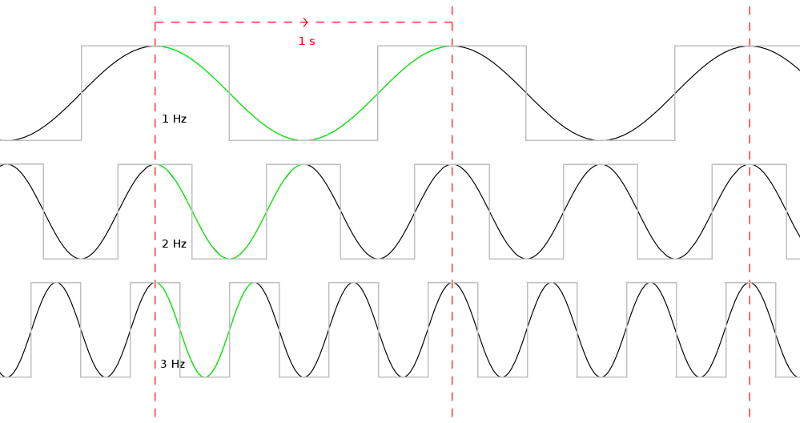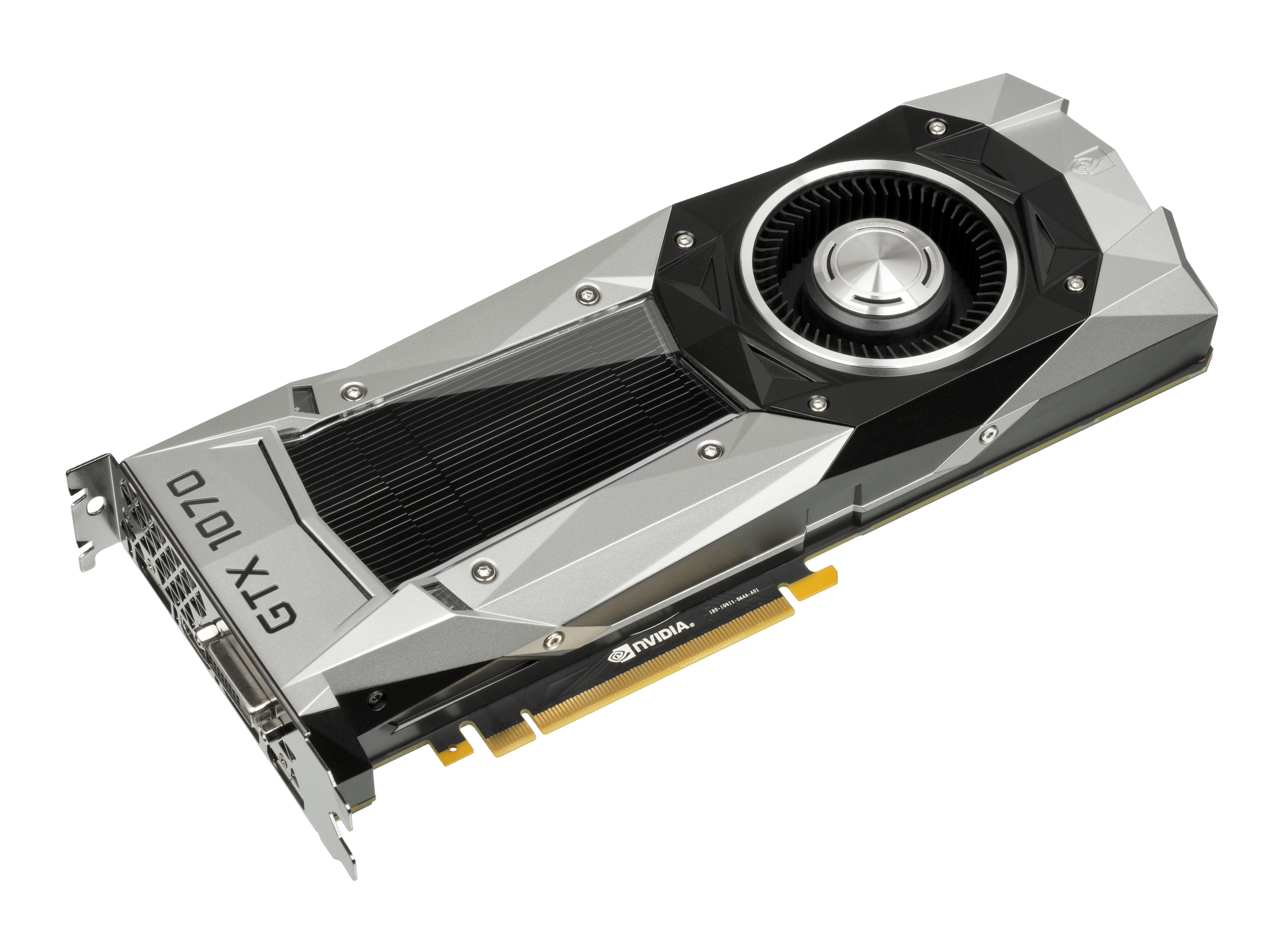|
Elbrus-8C
The Elbrus-8S () is a Russian 28 nanometer 8-core microprocessor developed by Moscow Center of SPARC Technologies (MCST). The first prototypes were produced by the end of 2014 and serial production started in 2016. The Elbrus-8S is to be used in servers and workstations. The processor's architecture allows support of up to 32 processors on a single server motherboard. In 2018 MCST announced plans to produce the Elbrus-8SV, an upgraded version of the 8C with doubled performance. The CPU can process 576 Gflops and has a frequency of 1.5 GHz, as well as DDR4 support instead of DDR3. Engineering samples were already completed in Q3 2017. Development was completed in 2019 and its fabrication started in 2020. In 2021 the processor was offered to Sberbank, Russia's largest bank, for evaluation in light of a potential use for some of the company's hardware needs. The evaluation had a negative outcome, as the functional requirements were not met. A 2023 benchmark demonstrated that ... [...More Info...] [...Related Items...] OR: [Wikipedia] [Google] [Baidu] |
Elbrus-2S+
Elbrus-2S+ () is a Multi-core processor, multi-core microprocessor based on the Elbrus 2000 architecture developed by Moscow Center of SPARC Technologies (MCST). There are multiple reports regarding the evolution of this technology for the purpose of import substitution in Russia, which was raised by several ministries in July 2014, due to economic sanctions in response to 2014 pro-Russian unrest in Ukraine. In December 2014, it was announced that Mikron Group started pilot production of a dual-core variant of this microprocessor called Elbrus-2SM () using a 90 nanometer CMOS manufacturing process in Zelenograd, Russia. Technology The Elbrus-4S CPU uses a VLIW instruction set where it can perform up to 23 instructions per clock cycle and is reported to have support for Intel x86 emulation through a virtual machine. When programs are built for Elbrus 2000 native mode, the compiler determines how the different operations shall be distributed over the 23 computing units before sav ... [...More Info...] [...Related Items...] OR: [Wikipedia] [Google] [Baidu] |
MCST
MCST (, acronym for Moscow Center of SPARC Technologies) is a Russian microprocessor company that was set up in 1992. Different types of processors made by MCST were used in personal computers, servers and computing systems. MCST develops microprocessors based on two different instruction set architecture (ISA): ''Elbrus'' and '' SPARC''. MCST is a direct descendant of the Lebedev Institute of Precision Mechanics and Computer Engineering. MCST is the base organization of the Department of Informatics and Computer Engineering of the Moscow Institute of Physics and Technology. MCST develops the Elbrus processor architecture and the eponymous family of universal VLIW microprocessors based on it with the participation of . The name "Elbrus" has been given the backronym "ExpLicit Basic Resources Utilization Scheduling". In June 2024, the "Elbrus-2S3" has resurfaced on the Russian market. This is a nona-core("CPU-core×2" + "3D・GPU-core×1" + "2D・GPU-core×2" + "VPU-core×4") ... [...More Info...] [...Related Items...] OR: [Wikipedia] [Google] [Baidu] |
Windows 7
Windows 7 is a major release of the Windows NT operating system developed by Microsoft. It was Software release life cycle#Release to manufacturing (RTM), released to manufacturing on July 22, 2009, and became generally available on October 22, 2009. It is the successor to Windows Vista, released nearly three years earlier. Windows 7's Windows Server, server counterpart, Windows Server 2008 R2, was released at the same time. It sold over 630 million copies before it was succeeded by Windows 8 in October 2012. Extended support ended on January 14, 2020, over 10 years after the release of Windows 7, and the operating system ceased receiving further updates. A paid support program was available for enterprises, providing security updates for Windows 7 for up to three years since the official end of life. Windows 7 was intended to be an incremental upgrade to Windows Vista, addressing the previous OS's poor reception while maintaining hardware and software compatibility as well as ... [...More Info...] [...Related Items...] OR: [Wikipedia] [Google] [Baidu] |
Very Long Instruction Word
Very long instruction word (VLIW) refers to instruction set architectures that are designed to exploit instruction-level parallelism (ILP). A VLIW processor allows programs to explicitly specify instructions to execute in parallel, whereas conventional central processing units (CPUs) mostly allow programs to specify instructions to execute in sequence only. VLIW is intended to allow higher performance without the complexity inherent in some other designs. The traditional means to improve performance in processors include dividing instructions into sub steps so the instructions can be executed partly at the same time (termed ''pipelining''), dispatching individual instructions to be executed independently, in different parts of the processor (''superscalar architectures''), and even executing instructions in an order different from the program (''out-of-order execution''). These methods all complicate hardware (larger circuits, higher cost and energy use) because the processor mus ... [...More Info...] [...Related Items...] OR: [Wikipedia] [Google] [Baidu] |
Java (programming Language)
Java is a High-level programming language, high-level, General-purpose programming language, general-purpose, Memory safety, memory-safe, object-oriented programming, object-oriented programming language. It is intended to let programmers ''write once, run anywhere'' (Write once, run anywhere, WORA), meaning that compiler, compiled Java code can run on all platforms that support Java without the need to recompile. Java applications are typically compiled to Java bytecode, bytecode that can run on any Java virtual machine (JVM) regardless of the underlying computer architecture. The syntax (programming languages), syntax of Java is similar to C (programming language), C and C++, but has fewer low-level programming language, low-level facilities than either of them. The Java runtime provides dynamic capabilities (such as Reflective programming, reflection and runtime code modification) that are typically not available in traditional compiled languages. Java gained popularity sh ... [...More Info...] [...Related Items...] OR: [Wikipedia] [Google] [Baidu] |
C (programming Language)
C (''pronounced'' '' – like the letter c'') is a general-purpose programming language. It was created in the 1970s by Dennis Ritchie and remains very widely used and influential. By design, C's features cleanly reflect the capabilities of the targeted Central processing unit, CPUs. It has found lasting use in operating systems code (especially in Kernel (operating system), kernels), device drivers, and protocol stacks, but its use in application software has been decreasing. C is commonly used on computer architectures that range from the largest supercomputers to the smallest microcontrollers and embedded systems. A successor to the programming language B (programming language), B, C was originally developed at Bell Labs by Ritchie between 1972 and 1973 to construct utilities running on Unix. It was applied to re-implementing the kernel of the Unix operating system. During the 1980s, C gradually gained popularity. It has become one of the most widely used programming langu ... [...More Info...] [...Related Items...] OR: [Wikipedia] [Google] [Baidu] |
Clock Rate
Clock rate or clock speed in computing typically refers to the frequency at which the clock generator of a processor can generate pulses used to synchronize the operations of its components. It is used as an indicator of the processor's speed. Clock rate is measured in the SI unit of frequency hertz (Hz). The clock rate of the first generation of computers was measured in hertz or kilohertz (kHz), the first personal computers from the 1970s through the 1980s had clock rates measured in megahertz (MHz). In the 21st century the speed of modern CPUs is commonly advertised in gigahertz (GHz). This metric is most useful when comparing processors within the same family, holding constant other features that may affect performance. Determining factors Binning Manufacturers of modern processors typically charge higher prices for processors that operate at higher clock rates, a practice called binning. For a given CPU, the clock rates are determined at the end of the manufact ... [...More Info...] [...Related Items...] OR: [Wikipedia] [Google] [Baidu] |
TSMC
Taiwan Semiconductor Manufacturing Company Limited (TSMC or Taiwan Semiconductor) is a Taiwanese multinational semiconductor contract manufacturing and design company. It is one of the world's most valuable semiconductor companies, the world's largest Foundry model#Dedicated foundry, dedicated independent ("Pure play, pure-play") Foundry (electronics), semiconductor foundry, and Taiwan's largest company, with headquarters and main operations located in the Hsinchu Science Park in Hsinchu, Taiwan. Although the government of Taiwan is the largest individual shareholder, the majority of TSMC is owned by foreign investors. In 2023, the company was ranked 44th in the Forbes Global 2000, ''Forbes'' Global 2000. Taiwan's exports of integrated circuits amounted to $184 billion in 2022, nearly 25 percent of Taiwan's GDP. TSMC constitutes about 30 percent of the Taiwan Stock Exchange's main index. TSMC was founded in 1987 by Morris Chang as the world's first dedicated semiconductor foun ... [...More Info...] [...Related Items...] OR: [Wikipedia] [Google] [Baidu] |
Very Long Instruction Word
Very long instruction word (VLIW) refers to instruction set architectures that are designed to exploit instruction-level parallelism (ILP). A VLIW processor allows programs to explicitly specify instructions to execute in parallel, whereas conventional central processing units (CPUs) mostly allow programs to specify instructions to execute in sequence only. VLIW is intended to allow higher performance without the complexity inherent in some other designs. The traditional means to improve performance in processors include dividing instructions into sub steps so the instructions can be executed partly at the same time (termed ''pipelining''), dispatching individual instructions to be executed independently, in different parts of the processor (''superscalar architectures''), and even executing instructions in an order different from the program (''out-of-order execution''). These methods all complicate hardware (larger circuits, higher cost and energy use) because the processor mus ... [...More Info...] [...Related Items...] OR: [Wikipedia] [Google] [Baidu] |
Compiled
In computing, a compiler is a computer program that translates computer code written in one programming language (the ''source'' language) into another language (the ''target'' language). The name "compiler" is primarily used for programs that translate source code from a high-level programming language to a low-level programming language (e.g. assembly language, object code, or machine code) to create an executable program. Compilers: Principles, Techniques, and Tools by Alfred V. Aho, Ravi Sethi, Jeffrey D. Ullman - Second Edition, 2007 There are many different types of compilers which produce output in different useful forms. A ''cross-compiler'' produces code for a different CPU or operating system than the one on which the cross-compiler itself runs. A ''bootstrap compiler'' is often a temporary compiler, used for compiling a more permanent or better optimised compiler for a language. Related software include ''decompilers'', programs that translate from low-level lang ... [...More Info...] [...Related Items...] OR: [Wikipedia] [Google] [Baidu] |



